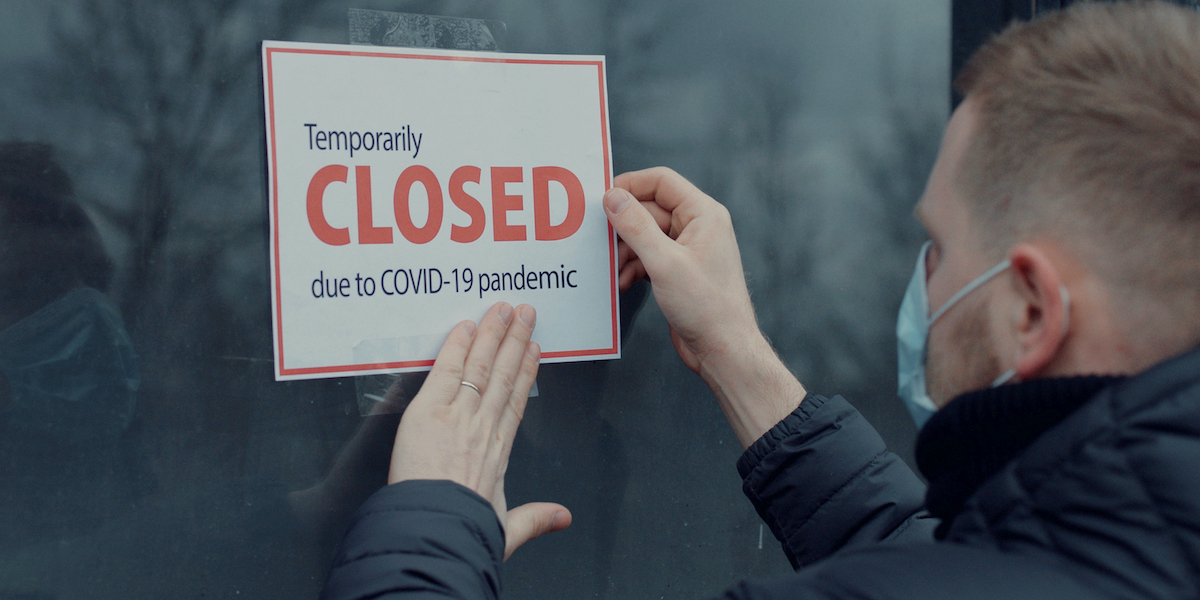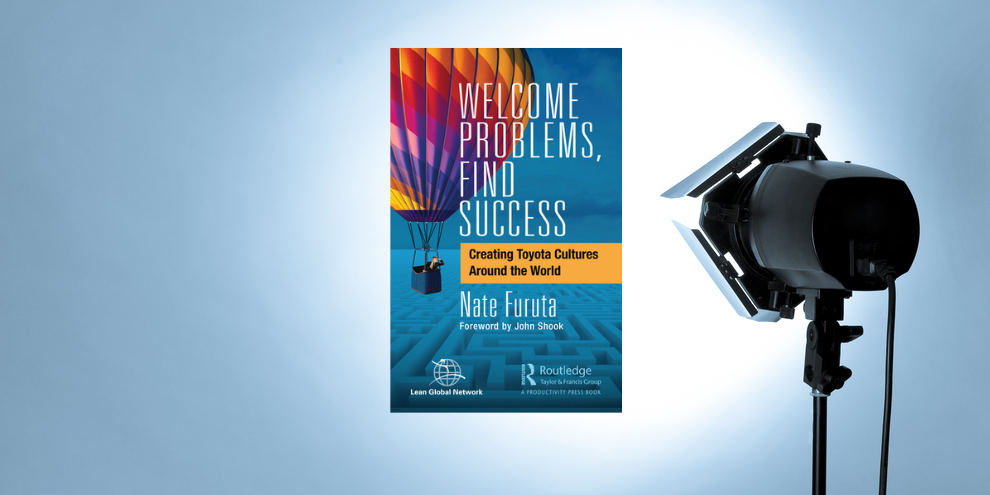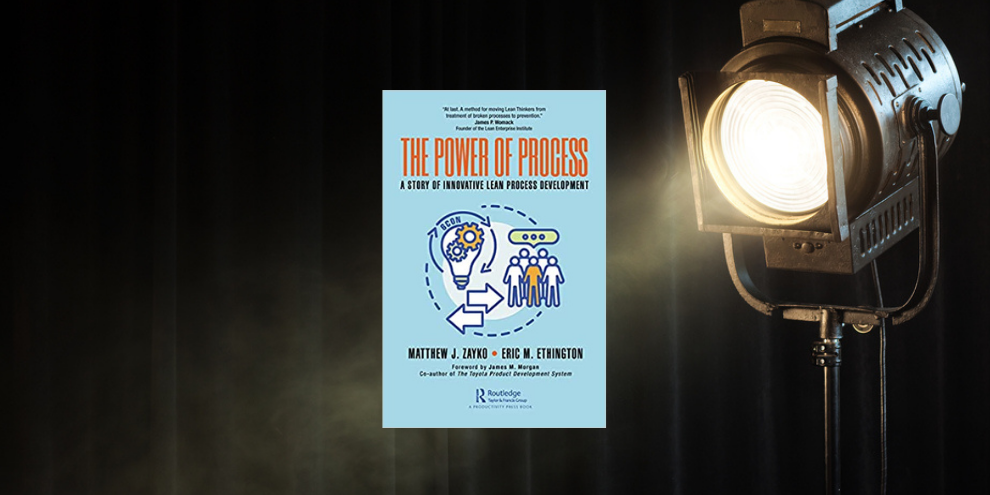
Start your change project with a concept paper
FEATURE – This article offers an exhaustive explanation of how to prepare a Concept Paper and why this is a tool that will help us to succeed in the execution of large change projects.
Words: José Ferro, Founder, Lean Institute Brasil
Any project that involves people from multiple functions represents a taxing endeavor that can have profound consequences for the entire business, for better or for worse. Such complex and systemic projects fail all too often, and the reasons behind this include a poorly-defined purpose, a vague focus, a lack of engagement of the people with the right knowledge and capabilities, and insufficient support and alignment. These are the some of the most common problems plaguing project management.
Luckily, there is a countermeasure: writing a Concept Paper is, I believe, a great way to start a new project. Such document, which explicitly defines the basic aspects of the initiative, is key to minimizing failures and to reducing the risks inherent to managing large change projects.
In this article, I would like to define the main elements of a Concept Paper and discuss why it’s so important in driving the successful execution of a project.
The Concept Paper is typically a 10- to 30-page document that translates the project needs into clear, consistent requirements, actions and milestones. It clarifies and explains the purpose of the project in relation to business needs; it defines its scope (what the project is about), targets and delivery dates around milestones; and establishes the project management tools and methods.
It is a powerful tool that greatly increases the chances of success of any project, in particular the more complex ones. A good Concept Paper should align the organization to support the project leader and the team responsible for the execution of a project. It is also a key activity to develop the project leader’s capability.
THE ROLE OF THE PROJECT LEADER
A strategic change project normally starts with senior management picking a project leader and the project team. This decision will greatly influence the outcome of the project, because the lack of skills, knowledge or proper behaviors will likely lead to failure. It’s important for management to choose a person who is knowledgeable about the subject matter, open to challenges, a capable negotiator and an active listener keen to reach agreements.
In fact, one of the first tasks of the project leader might be the writing of the Concept Paper – that’s how important this person it! Developing the Paper is a great exercise, as it deepens the person’s understanding of the project’s tasks and challenges, thus improving her skills. It also highlights what’s critical to the success of the project and the creation of alignment across a multitude of organizational layers and functions.
Although the project leader is responsible for the final text, he or she can have a small group of people directly helping with the data collection and writing. Those same people will be responsible for certain activities during the project execution.
THE KEY ELEMENTS OF THE CONCEPT PAPER
The fundamental elements of a Concept Paper are project vision, project scope, project targets, timeline and milestones and project management. Let’s look at them individually.
- Project Vision
The first section of the Paper articulates the purpose and objectives of the project and defines the specific problem to be solved. It should define the strategic business issues involved and explain how the project will contribute to solving them (that’s why the project sponsor is often a senior manager). That’s why hoshin kanri often helps us to frame the vision.
It is the job of the project leader to listen not only to the sponsor, but to all stakeholders, fully understanding and clarifying the purpose, making the business requirements explicit, gathering data, comparing, debating, evaluating internal capabilities and knowledge base, identifying critical gaps, assessing disruptive factors and obstacles etc.
The project vision could begin with some background information and a brief history of the topic at hand, its relevance to the company, and the main reasons behind the new project based on current needs. It should contain the information necessary to get started.
Understanding the project relevance to the customer and the business can be done by multiple ways, but here are some specific questions that can help: what is the background and historical data on this topic? What is current situation? What is the business need? Who are the potential areas/people involved? What interests and frustrates them? What problem are we trying to solve? Can we define the processes involved? Do we have performance indicators for this topic? What are emerging as possible disruptive factors?
A good way to deeply understand the problem is, of course, direct observation and engagement. This implies going to the areas involved (to the gemba), often drawing a process map to grasp the current state and the main problems and to see what the potential improvements are.
A vision statement for the project – a simple, short phrase – can make the vision easily understood by all those involved, capturing their imagination.
- Project Scope
The Concept Paper should next define the project scope, the specific flow of activities involved, the organizational boundaries as well as the end-to-end processes. Framing the project properly is the responsibility of the sponsor but the project leader can typically improve and refine this section. The areas and functions that must be directly involved and the ones that could bring some assistance and support will also be agreed upon at this stage.
Clarifying once again what the project is (and what it is not) helps to focus the team’s effort, avoiding possible reshuffling, rework, or other problems during execution. As different stakeholders try to contribute to the project with their often-conflicting opinions, guaranteeing alignment and focus throughout the project is critical.
- Project Targets
Once the project’s vision and scope are clear, the next step should be defining specific quantitative targets. A few critical key performance indicators (KPIs) should be established, the current performance level defined whenever possible, together with the future performance level expected at a given time. KPIs should reflect the desired state for the project.
The definition of ranges instead of specific targets can be useful when the project is focused on systemic gains rather than point improvements. As the project evolves, using such range-based targets also allows us to analyze trade-offs between different factors.
- Timeline & Milestones
The project’s timeline (the cadence of the work) is defined by a number of key deliveries (milestones) – the fundamental steps in the process (they should be tied to specific dates) upon which the success of the project depends.
A project milestone is a special event that represents a point in time that marks the expected completion of certain activities and tasks. Milestones (there could be between three and eight in a typical project) make progress visible, expose problems and represent the conclusion of a learning cycle (and thus a good time for reflection). They help manage the flow of the work (if there are gaps, it is necessary to establish the proper countermeasures) and synchronize different functions and areas.
By clearly showing whether or not the project is on time, milestones guarantee the timeline is followed. They move the project forward by working like “pulling events” that ensure that activities are performed and that critical decisions are made based on what we learned from the activities.

- Project Management: methods and techniques, roles and responsibilities
At this stage, the Concept Paper can detail how the project is going to be managed through different methods and techniques, as well as the final team, with roles and responsibilities laid out for each person (including senior-management sponsors and key stakeholders, support functions personnel, etc).
Normally, to visualize some of the main elements of the Concept Paper (vision and targets above all, but also the milestones) and bring transparency to the process, the project-management architecture of the obeya is a good format.
A help chain for the project should be established, with the sequence and timeframe of the support required, as problems emerge, that can’t be solved directly by the project leader and the team.
The project obeya makes the work visual, turns progress visible and exposes problems. It should be a live work area in which people are engaged to take the right actions and decisions in a teamwork environment, where information flows smoothly, where new ideas are generated and displayed, where learning and reflection are facilitated, and where thinking becomes natural.
A daily management routine can be established in this space to guarantee discipline in execution and to ensure emerging issues are tackled as soon as they appear (and senior management must ensure enough resources are available where necessary). A standardized approach to solving problems is a good thing to have.
The project management part of the Concept Paper also covers personnel allocation (particularly important in complex projects in global companies) and synchronizes efforts across different functions.
- Other possible key elements
Additional elements defined in the Concept Paper could include: major risks and challenges, connections with other company projects, specific assumptions and definitions about the business implications, or support-function requirements.
A PRODUCT OF THOROUGH STUDY AND DEEP LEARNING
Preparing the Concept Paper requires the project leader to learn about the subject matter, asking the right questions to obtain the right data and facts. This exercise creates a profound knowledge and understanding of the problem to be solved.
The writing phase can take weeks or even months, as it requires a great deal of research, data collection, consultation, reflection, and multiple discussions with key stakeholders. The Concept Paper will then serve as the basis for further productive dialogue during the various stages of implementation of the project, as definitions and knowledge will be tested, challenged and sometimes revisited. And because the thinking becomes increasingly clear, it is obvious that the Concept Paper goes hand in hand with leadership development.
WHY THE CONCEPT PAPER HELPS US SUCCEED
There is more to the Concept Paper than just providing clarity in the approach we are using to carry out a project. Another important contribution to the success of the project is the alignment the Concept Paper creates between organizational functions and areas from the very beginning. As long as it might take to write, once ready it will ensure smooth sailing and facilitate teamwork.
Another great characteristic of the Concept Paper is its flexibility: as the project evolves (things rarely go as planned), the document evolves with it. In fact, the Concept Paper should be adjusted over time, based on the evidence and the lessons learned we gather during execution. (A good time to revise it is the completion of a milestone.)
THE CONCEPT PAPER AND THE A3 PROCESS
Sometimes, despite our best effort, writing a Concept Paper can be extremely challenging. In certain occasions, starting with an A3 can be a good way to provide an initial big-picture view of the project andthe clarity around its main elements.
Because of its size, a project A3 encourages objectivity and concision. This means that a lot of important information won’t fit in this format, and will have to be outlined in detail in the Concept Paper afterwards.

An A3 is useful also in those instances in which the project leader is not capable of writing the Paper straight way. But it can be used to effectively communicate the main elements of the project to key people anyway.
Oncefinalized, the Concept Paper (and the A3) can even be presented to a company-wide audience and discussed in a public setting. This energizes the company and involves the team on an emotional and rational level, as the logic and relevance of the project become clear.
Note
This paper is inspired by our previous paper, “The Concept Paper for a new product: the kick start of a LPPD project” (read it here) where we defined the key elements of a Concept Paper for the start of the development of a new product. Similar thinking can be applied as part of the initial stage definition and framing of any project.
THE AUTHOR

Read more


INTERVIEW – Planet Lean talks with Drew Locher about bringing change to an office setting, lean in small- and medium-sized firms and why improving and managing go hand in hand.


FEATURE – During a recent Jishuken workshop, Poland-based Schumacher Packaging experimented with a newly-developed App to quickly create standardized work instructions at the gemba.


COLUMN – The author imagines an ideal, Jidoka-inspired response to the Coronavirus pandemic. This scenario might be utopian, but could it inform the definition of our True North?


WOMACK'S YOKOTEN – Lean in agriculture might still be in its infancy, but there is a small farm in Indiana that is already proving how valuable lean principles and techniques can be to this industry.
Read more


CASE STUDY – TechnipFMC has introduced the Concept Paper in its lean product development process. This article shares some of the learnings resulting from the experience.


ROUND-UP – Our editor looks back at the most insightful articles Planet Lean has published on the most talked-about company in the lean world. Here are eight key lessons from Toyota, straight from our archives.


INTERVIEW – PL meets the author of the recently published book Welcome Problems, Find Success, who discusses bringing lean to different cultures and changing managerial behaviors.


INTERVIEW – The authors of the new book The Power of Process debunk some of the most common myths about lean process development.

